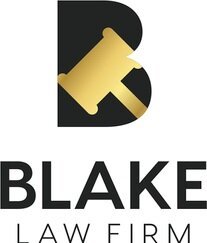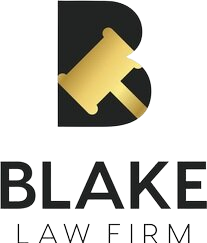INTANGIBLE ACTS CAN CONSTITUTE INTERFERENCE WITH AN EASEMENT
Intangible Acts Can Constitute Interference with an Easement
Dolnikov v. Ekizian (2013) 222 Cal.App.4th 419
Interference with an easement (see below for definitions of some key terminology) does not necessarily require a physical act. The California Court of Appeal has ruled that an intangible act by the servient landowner, such as the refusal to cooperate with reasonable development, can constitute interference with an easement. (Dolnikov v. Ekizian (2013) 222 Cal.App.4th 419.)
In 1998, Flora Dolnikov purchased two undeveloped lots in the Hollywood Hills. The land carried a perpetual right of way easement over the adjacent/servient property granted more than 50 years earlier. In 2001, Dolnikov wanted to construct two homes on the lots and obtained permits from the Los Angeles Department of Building and Safety (LADBS).
A year later, Dikran Ekizian purchased the servient lot, with knowledge of the easement and the ongoing construction on Dolnikov’s dominant parcel. When Dolnikov applied to the LADBS for a permit to construct a retaining wall necessary to improve the shared driveway that would provide the only access to the two homes, she learned that Ekizian objected to the construction. LADBS refused to issue the permit for the wall without Ekizian’s signature on a covenant for the community driveway and the permit for the retaining wall. A stop work order was issued, stalling construction of the homes at the framing stage.
When efforts to get Ekizian’s approval were unsuccessful, Dolnikov filed suit in 2004 seeking damages for interference with her easement and injunctive relief. The trial court found that construction of the retaining wall was necessary to enable full use of the easement for its intended purpose. Dolnikov was awarded in excess of $700,000 in damages.
Ekizian appealed contending that the easement did not require him to sign the documents and that his refusal to act did not constitute an interference with Dolnikov’s use and enjoyment of the easement. The court of appeal disagreed finding that by “declining simply to provide a signature on two documents required by the City, defendant interfered with plaintiff's ability to maintain and repair the easement, and rendered plaintiff's use of the easement, not simply more difficult, but impossible.”
The court noted that implied in every easement is a secondary easement, which grants the holder the right to do such things that are necessary for the full enjoyment of the easement. This can include making repairs and replacements on the servient property. Those rights, and the correlative responsibilities, however, are subject to a rule of reason. The easement holder and the owner of the servient tenement are required to respect the rights of the other. The easement holder cannot damage the servient property or increase the burden. Conversely, the servient owner cannot unreasonably interfere with the permitted use of the easement. Under the circumstances, Ekizian’s refusal to cooperate “constituted a complete and total obstruction of plaintiff’s easement.”
Key Terminology:
Easement – an interest in real property that entitles its owner to limited use or enjoyment of another’s land in a specific manner or for a specific purpose.
Secondary Easement – a right implied in each easement to do such things necessary for the full enjoyment of the easement.
Dominant Estate/Tenement - the property that is benefited by the easement. Sometimes referred to as the easement holder.
Servient Estate/Tenement - the property burdened by the easement. Sometimes referred to as the servient owner.
The information provided above does not, and is not intended to, constitute legal advice. All information, content, and materials are for general informational purposes only and do not create an attorney-client relationship. The experienced and knowledgeable attorneys at Blake Law Firm are available to answer questions on easements and help you navigate any other real property issues.



